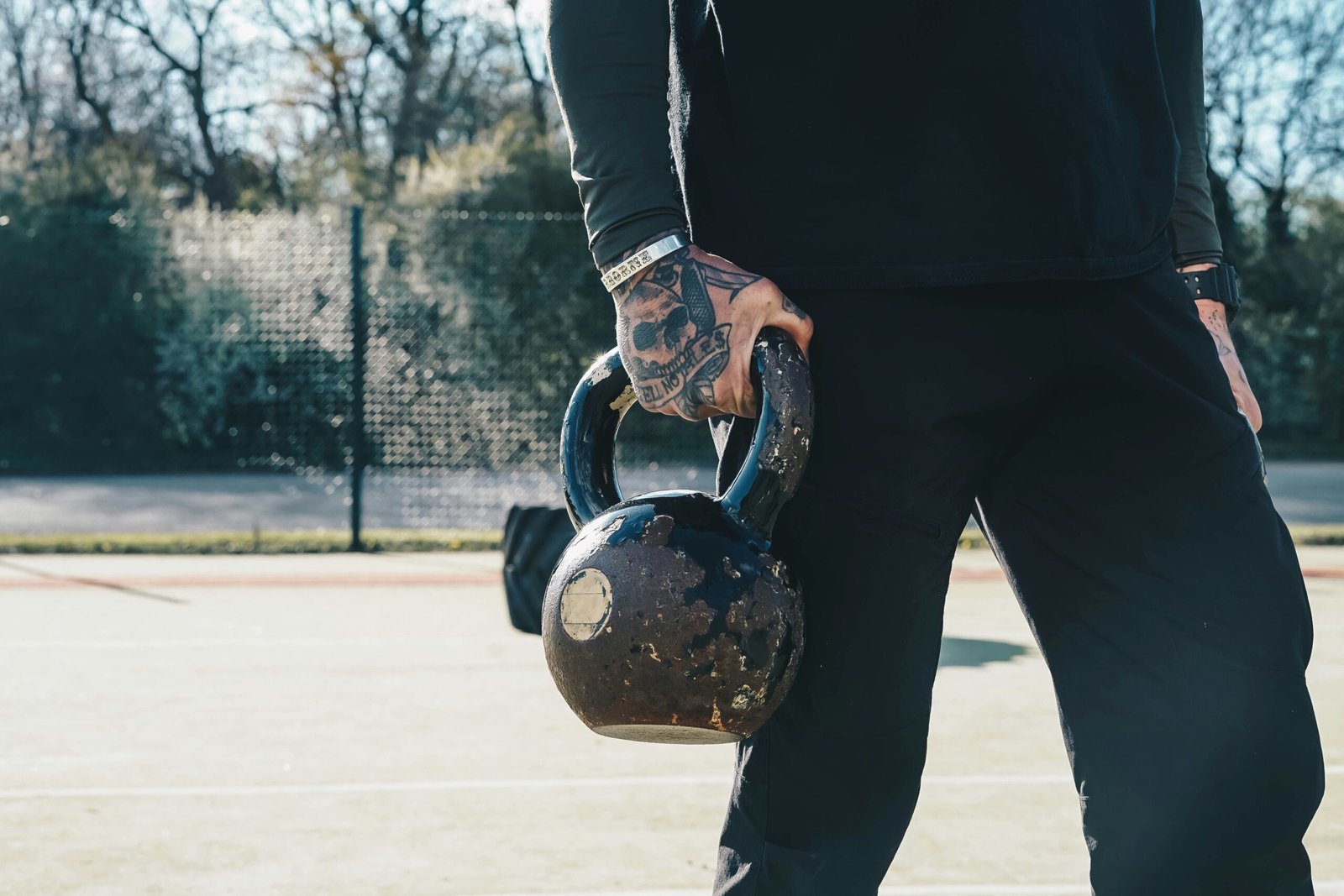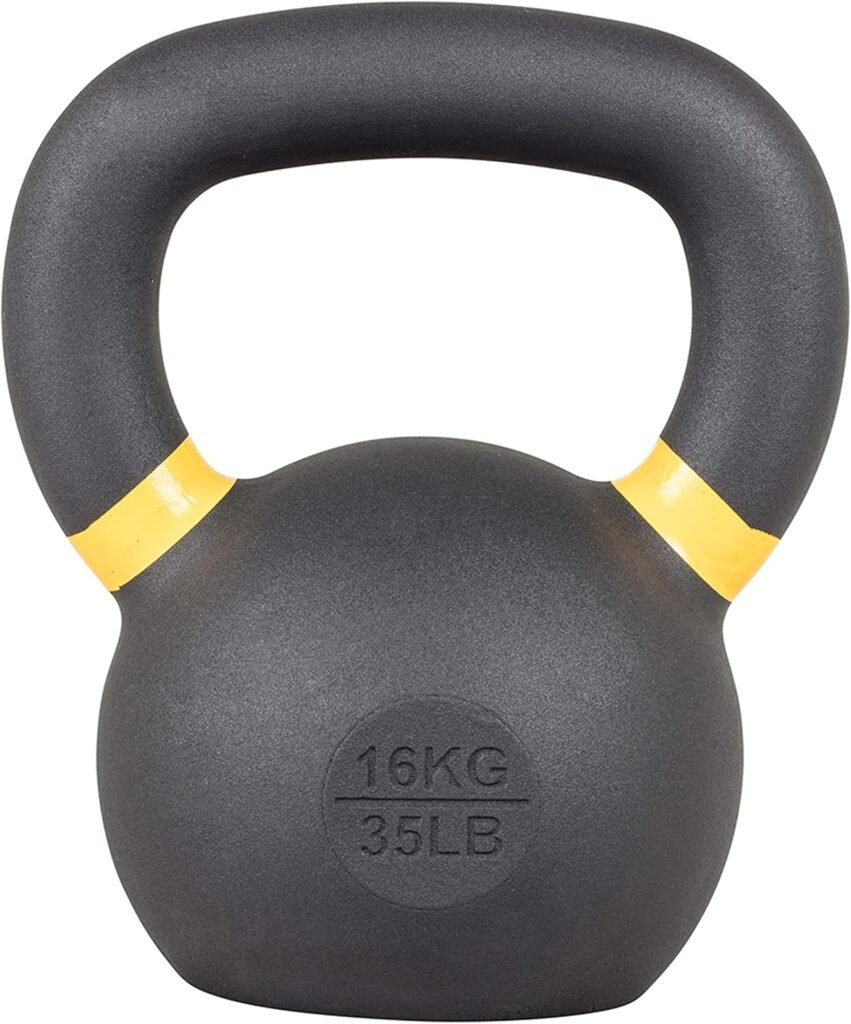What if you could transform your leg strength and endurance with just one piece of equipment? Kettlebells have become increasingly popular not only for their versatility but also for their effectiveness in enhancing fitness routines. In this article, you will understand how to effectively incorporate kettlebell workouts into your leg training regimen.

Understanding Kettlebell Training
Kettlebell training combines strength and cardio exercises that rely on the unique shape of the equipment. Unlike traditional weights, the center of mass of a kettlebell is extended beyond your hand, requiring more coordination, balance, and engagement of various muscle groups. This characteristic is particularly beneficial for leg workouts, as it enables complex movements that promote functional strength.
Benefits of Kettlebell Leg Workouts
Kettlebell workouts offer myriad benefits, particularly for the legs. The following highlights some of the main advantages:
- Strength Development: Kettlebell exercises target various muscles simultaneously, enhancing overall leg strength.
- Improved Balance: The dynamic movements involved in kettlebell training improve stability and balance, which is critical for athletic performance.
- Efficiency: Kettlebell workouts can effectively combine strength and cardiovascular training, saving you time.
- Flexibility: This type of training can adapt to various fitness levels, making it suitable for both beginners and advanced athletes.
You are currently viewing a placeholder content from YouTube. To access the actual content, click the button below. Please note that doing so will share data with third-party providers.
Key Muscles Targeted in Kettlebell Leg Workouts
Focusing on specific muscle groups ensures balanced development and reduces the risk of injury. The primary muscles targeted during kettlebell leg workouts include:
- Quadriceps: The front thigh muscles responsible for knee extension.
- Hamstrings: The back thigh muscles that assist in knee flexion and hip extension.
- Glutes: The posterior muscles crucial for hip movement and stability.
- Calves: The muscles at the back of the lower leg that assist with ankle mobility and stability.
- Hip Flexors: Muscles that help in raising your knees and bending at the hip, essential for various movements.

Essential Kettlebell Exercises for Legs
To optimize your leg workouts, you can incorporate various kettlebell exercises designed to target the muscle groups mentioned earlier. Below is a breakdown of effective exercises, their execution, and the muscles they engage.
Kettlebell Goblet Squat
Description
The goblet squat is a foundational kettlebell exercise that engages multiple muscles in your legs and core.
How to Perform
- Stand with your feet shoulder-width apart and hold the kettlebell close to your chest with both hands.
- Keep your elbows tucked in and your back straight as you lower your body into a squat.
- Go as low as comfortable, ideally until your thighs are parallel to the ground.
- Push through your heels to return to the starting position.
Muscles Engaged
- Quadriceps
- Hamstrings
- Glutes
- Core
Kettlebell Deadlift
Description
The deadlift targets the posterior chain muscles, specifically the hamstrings, glutes, and lower back.
How to Perform
- Stand with your feet hip-width apart and the kettlebell positioned between your feet.
- With a straight back, hinge at your hips and bend your knees slightly as you reach down to grasp the kettlebell.
- Engage your core and lift the kettlebell by driving through your heels and straightening your hips and knees simultaneously.
- Lower the kettlebell back to the ground in a controlled manner.
Muscles Engaged
- Hamstrings
- Glutes
- Lower Back
Kettlebell Lunge
Description
Lunges are highly effective in targeting leg muscles and improving lower body stability.
How to Perform
- Stand upright with a kettlebell in each hand at your sides.
- Step forward with one leg, lowering your body until both knees are at approximately 90-degree angles.
- Push back to the starting position and repeat on the other leg.
Muscles Engaged
- Quadriceps
- Hamstrings
- Glutes
- Calves
Kettlebell Swing
Description
This explosive exercise offers a full lower body workout while enhancing cardiovascular endurance.
How to Perform
- Stand with your feet slightly wider than shoulder-width apart and hold the kettlebell with both hands in front of you.
- Hinge at your hips, lowering the kettlebell between your legs while keeping your back straight.
- Drive your hips forward to swing the kettlebell to shoulder height while keeping your arms relaxed.
- Let the kettlebell fall back down between your legs to complete the movement.
Muscles Engaged
- Hamstrings
- Glutes
- Quadriceps
- Core
Kettlebell Step-Up
Description
The step-up exercise mimics real-world movements and is excellent for building functional strength.
How to Perform
- Position a sturdy bench or step in front of you and hold a kettlebell in one hand.
- Step up onto the bench with one foot, keeping your weight in your heel.
- Straighten your leg to raise your body onto the bench, and step back down, alternating legs.
Muscles Engaged
- Quadriceps
- Hamstrings
- Glutes
- Calves

Creating a Kettlebell Leg Workout Routine
Designing an effective workout routine requires careful selection of exercises, sets, and repetitions. Below is an example of a balanced kettlebell leg workout that you can incorporate into your training regime.
Sample Kettlebell Leg Workout Routine
| Exercise | Sets | Reps |
|---|---|---|
| Kettlebell Goblet Squats | 3 | 10-15 |
| Kettlebell Deadlifts | 3 | 10-15 |
| Kettlebell Lunges | 3 | 8-10 per leg |
| Kettlebell Swings | 3 | 15-20 |
| Kettlebell Step-Ups | 3 | 10 per leg |
Tips for Your Kettlebell Leg Workout
- Warm Up: Always start your workout with a proper warm-up to increase your heart rate and prepare your muscles for training.
- Focus on Form: Maintaining proper form is crucial to avoid injuries and maximize the effectiveness of your workouts.
- Progress Gradually: If you are new to kettlebell training, start with lighter weights and gradually increase as your strength improves.
- Incorporate Variety: Mixing in different exercises prevents boredom and keeps your muscles engaged.

Safety Considerations
Engaging in kettlebell workouts requires adherence to safety guidelines to minimize the risk of injury. Consider the following:
Start with a Proper Warm-Up
Always begin your workouts with a thorough warm-up routine. Dynamic stretches and light cardio can enhance blood flow to the muscles, improving performance and reducing injury risk.
Use Appropriate Weights
Selecting the right kettlebell weight is critical for effective training. If you choose a weight that is too heavy, it can compromise your form and increase the likelihood of injury. As a guideline, you might want to start with a kettlebell weighing around 15-20% of your body weight, especially if you are a beginner.
Maintain Good Posture
Proper posture is essential during kettlebell exercises. Protect your back by keeping it straight and avoiding excessive rounding or arching during movements.
Listen to Your Body
Pay attention to how your body feels during workouts. If you experience pain (beyond normal muscle soreness), it is essential to stop the exercise and reassess your form or weight. Discern between good stress and harmful stress on your body.
Cool Down and Stretch
Always conclude your workouts with a thorough cool-down. Stretching post-exercise assists in muscle recovery and can help prevent stiffness and soreness.

Conclusion
Kettlebell leg workouts provide an efficient and effective way to strengthen your lower body, improve muscular endurance, and enhance overall fitness levels. By integrating various kettlebell exercises into your routine, you can target essential muscle groups while also enjoying the functional training that kettlebells uniquely offer. As with any workout program, prioritize safety and listen to your body to ensure a successful and enjoyable fitness journey.






